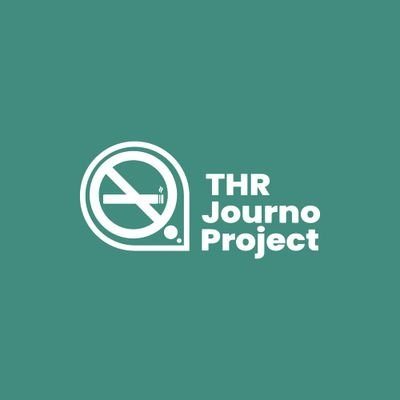“My pick-up lesson from here is No longer quit or die, but quit and try”. This is an important line from the 2021 award-winning short film ‘Saving Chalo’ produced by Emmanuel Mwape with support from Knowledge Action Change. A short movie staged in a Zambian setting in South-central Africa.
The movie was centred on an aggrieved widow who had lost her husband to cancer due to cigarette smoking and fought a tough battle in enlightening her community about the dangers posed by smoking cigarettes and introducing E-cigarettes as a safer alternative.
The estimated number of smokers globally is on a worrisome high rise. In Africa, the numbers are now a major cause for concern. According to the World Health Organization, by 2025, there will be an extra 300,000 smokers in Zambia. This, among other factors, has inspired brilliant minds like Emmanuel Mwape to come up with solutions like educating the smoking population about the harmful effects caused by smoking cigarettes and related tobacco products and the alternatives to regular smoking through filmmaking. There are other brilliant young adults advocating for the same course through outreach programs, and socio-journalism.
The tobacco harm reduction strategy aims to reduce the effect of the statement “Smokers die young”. One of the most prevalent methods of obtaining nicotine, which is addictive is through the use of tobacco, particularly cigarettes. Burning tobacco releases tar, gases, and toxins that are extremely hazardous to health. These after-smoking substances are responsible for the morbidity and mortality associated with smoking.

It is estimated that about 4.5 million Nigerians use 20 billion cigarettes annually. In the words of Dr Evelyn Ngige, Head of the Department of Public Health, shared in the PUNCH article “According to Nigeria’s adult tobacco survey, over 20 billion sticks of cigarettes are consumed in the country by 4.5 million adults. This is 5.6 per cent of our population annually. Survey shows that 4.1 million men and 500,000 women smoke in Nigeria and 6.4 million adults are exposed to smokers. We have to fight this looming epidemic now.”
Although Nigeria joined the WHO Framework Convention on Tobacco Control on January 18, 2006, It is time to review the gains the framework has yielded. This is also a good time for public health stakeholders to evaluate the gains countries that have approved tobacco harm reduction strategies have realized.
Attempts by the government to put strict regulations on tobacco businesses and dealers in an effort to prevent smoking have indeed proved helpful but only to an extent. The estimated number of smokers has not only increased but has reached an alarming figure. That is where the tobacco harm reduction approach comes in. Tobacco Harm Reduction is an alternate strategy to smoking cessation that incorporates the use of safer nicotine sources, such as smokeless tobacco products. As a viable alternative, it allows smokers to get nicotine in a safer way. In addition, it provides a seamless experience that will assist them in quitting smoking, if they choose to do so in the future.

A way to increase discussion about any public health course is to ensure that journalists and health communicators have the right perspectives on the course. Considering that THR is still a controversial field of advocacy, I also spearheaded a fellowship program titled the THRJourno Project. The project is one of the 20+ projects sponsored by the Tobacco Harm Reduction Scholarship. The project trained 120 journalists and health advocates in health communication and journalism for THR.
As a result of the project, advocates are now familiar with the THR ideology and are no longer limited to ‘Say no to smoking” advocacy. Projects involving health communicators, journalists, and health influencers need to continue to be actively promoted in various countries. If this is achieved as soon as possible, more efforts would be geared towards ensuring that smokers are able to realize their human rights in being able to choose alternative options to cigarettes.
